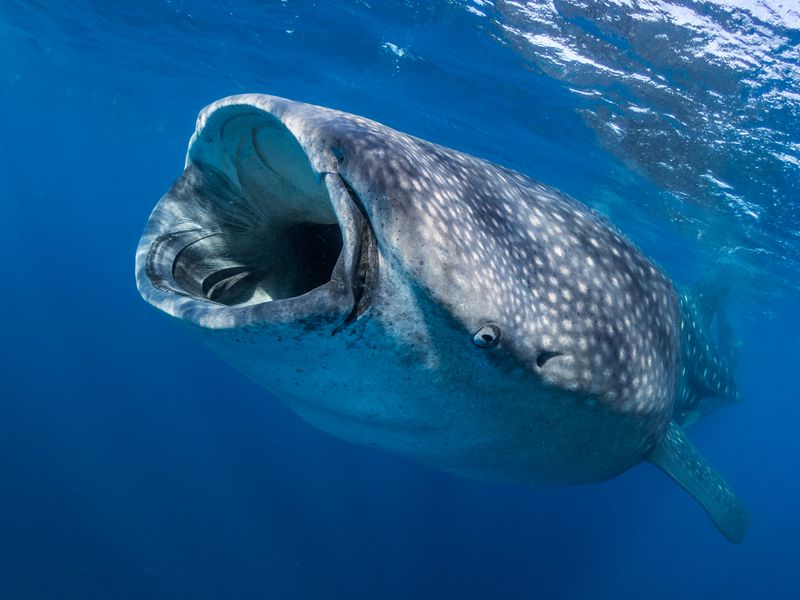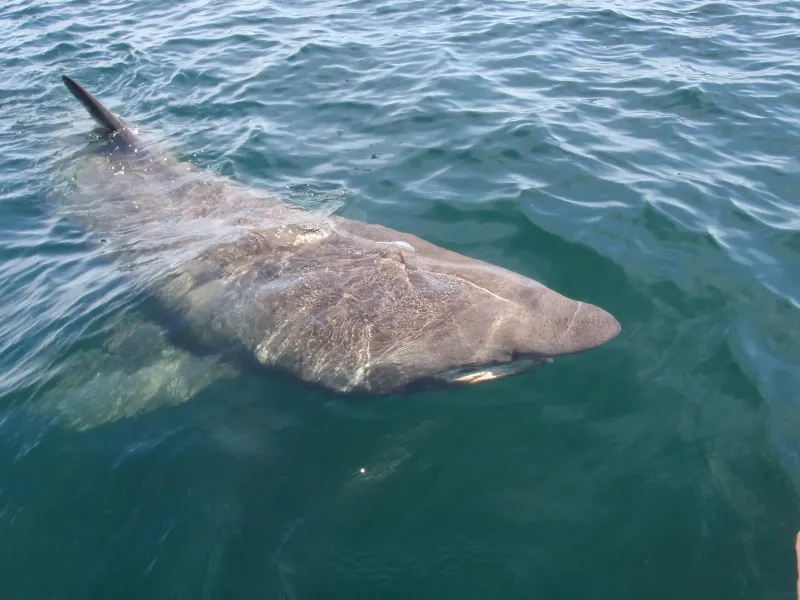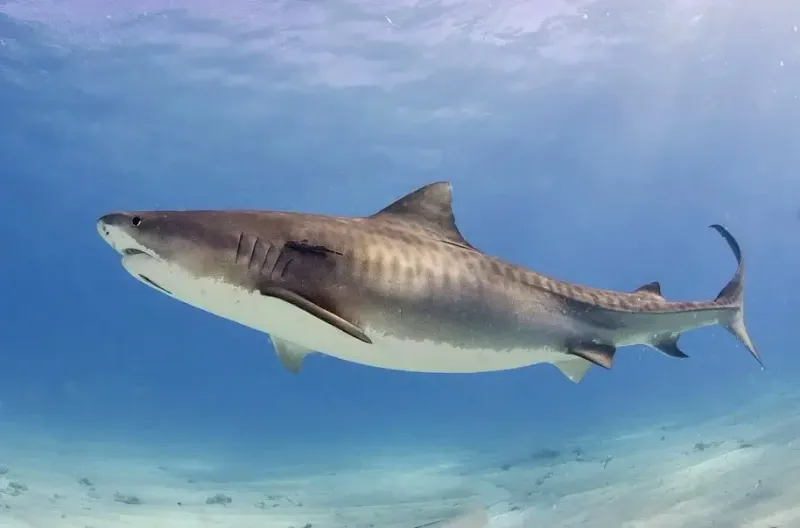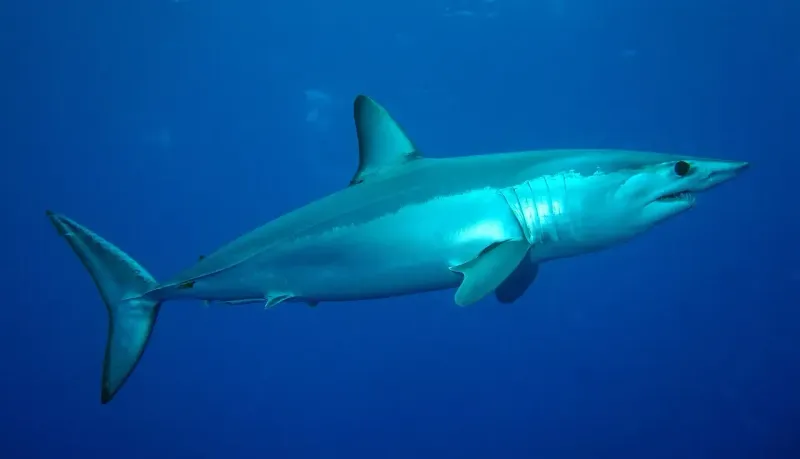The Gulf of Mexico is home to a variety of massive shark species, each playing a crucial role in the marine ecosystem. These impressive creatures not only showcase the diversity of marine life but also highlight the intricate balance of nature within these waters. From the gentle giants like the whale shark to the agile hunters like the shortfin mako shark, each species possesses unique characteristics and behaviors that contribute to the ecological dynamics of the Gulf. Explore some of the largest sharks found in these waters and their fascinating traits.
Whale Shark

Known as the gentle giants of the sea, whale sharks are the largest fish species globally. These majestic creatures can grow beyond 40 feet in length. Unlike other sharks, their diet consists primarily of plankton and krill, which they filter from the water. Their massive mouths can open up to five feet wide, allowing them to consume large volumes of water. In the Gulf of Mexico, their presence is a testament to the rich biodiversity of the area. Despite their size, they pose no threat to humans and are often approached by divers seeking to witness their grace up close.
Basking Shark

Basking sharks glide through the ocean with mouths agape, effortlessly filtering plankton, crustaceans, and fish eggs. As the second-largest fish species, they can reach impressive lengths between 20 and 39 feet. Their slow, deliberate movements and passive nature make them fascinating to watch. In the Gulf of Mexico, they play a pivotal role in maintaining the health of the marine ecosystem. These sharks are easily recognized by their large, conical snouts and small eyes. Despite their formidable appearance, they are harmless to humans, embodying a tranquil presence in the ocean’s vast expanse.
Great White Shark

The great white shark, a symbol of power and mystery, commands respect in the ocean. Growing up to 20 feet long, they are one of the apex predators in the Gulf of Mexico. They feed on fish, seals, dolphins, and occasionally sea turtles. Their presence is crucial for controlling the population of other marine species. With their torpedo-shaped body and keen senses, great whites are efficient hunters. Despite their fearsome reputation, attacks on humans are rare. These sharks are vital to the marine ecosystem, illustrating the delicate balance of predator and prey in the ocean.
Tiger Shark

Recognizable by their distinct tiger-like stripes, tiger sharks are formidable hunters in the Gulf of Mexico. They can grow between 10 and 14 feet, weighing up to 1,400 pounds. Their diet is diverse, including fish, sea turtles, birds, rays, and even inedible objects. This adaptability makes them successful predators. In the Gulf, they contribute to the ecosystem by keeping the population of prey species in check. Though often feared, these sharks are crucial for marine life balance. Their curious nature and ability to consume almost anything earned them the nickname “garbage cans of the sea.”
Shortfin Mako Shark

The shortfin mako shark stands out as the fastest shark species, reaching speeds up to 45 mph. This agility allows them to hunt efficiently, preying on fish like tuna and squid. In the Gulf of Mexico, they are sleek and formidable predators, growing up to 12 feet long and weighing up to 1,200 pounds. Their cobalt blue color and torpedo-like shape make them a thrilling sight for divers. Known for their intelligence and agility, they play a significant role in the marine food chain. Despite their prowess, they are not aggressive towards humans, embodying the thrill of speed in the ocean.

